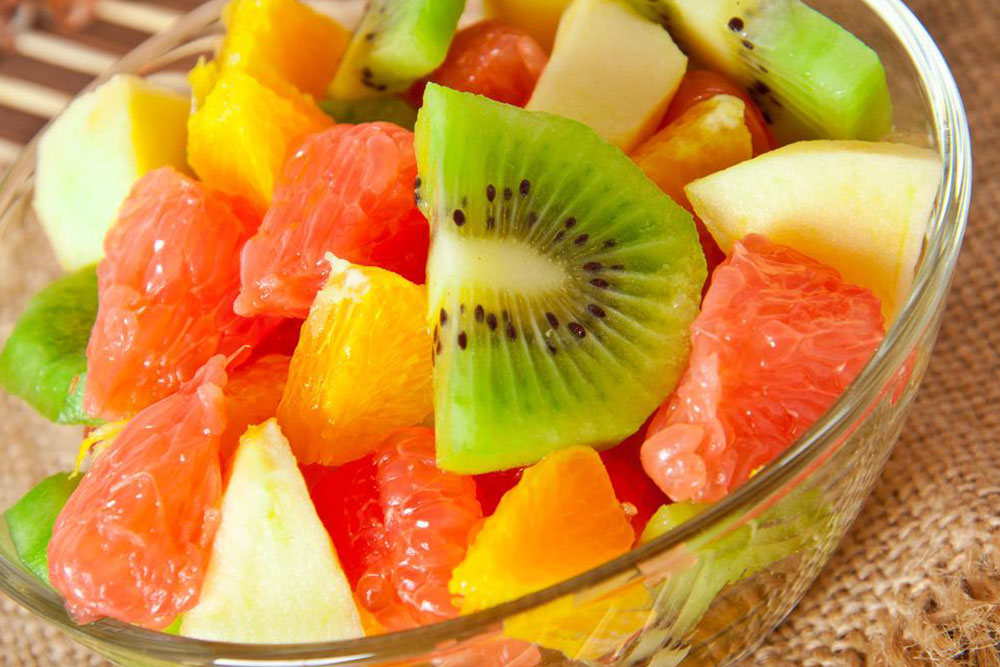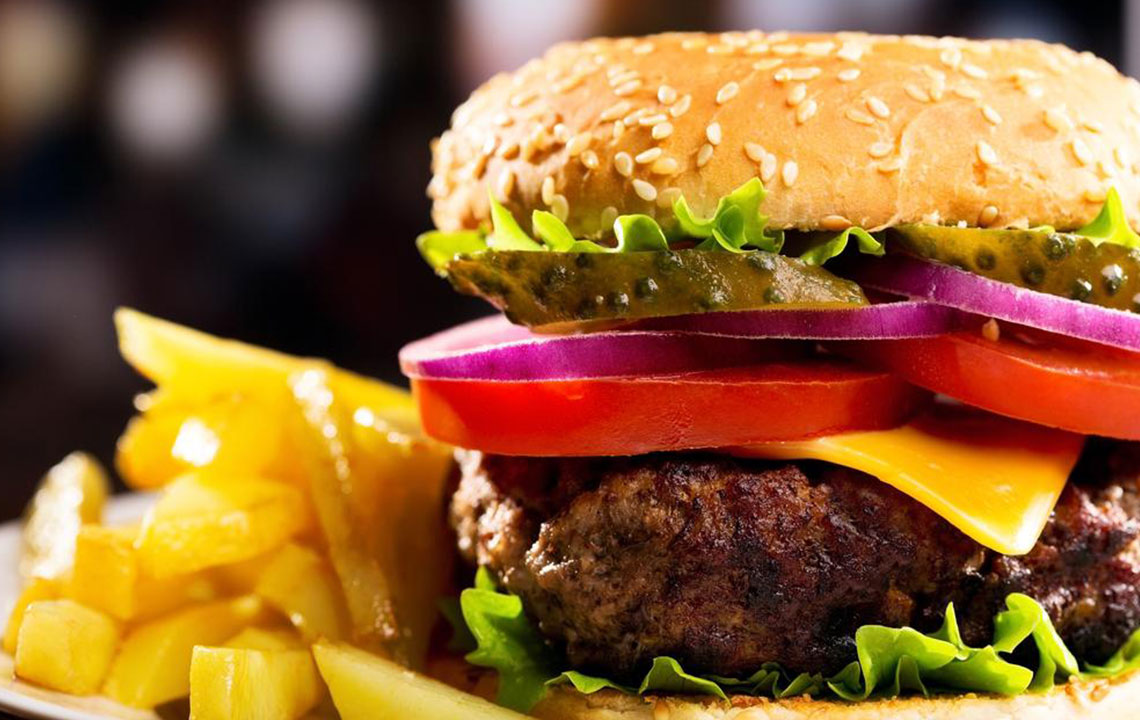Smart Nutritional Approaches to Control Gout
Discover effective dietary strategies to manage and prevent gout. Learn which foods to prioritize, including fruits and vegetables, and which to avoid, like high-purine meats and seafood. Combined with lifestyle changes and medication, these tips help reduce uric acid levels, decrease flare-ups, and improve quality of life. Adopt a balanced diet and healthy habits for successful gout control.

Smart Nutritional Approaches to Control Gout
Gout is an inflammatory joint condition causing swelling, pain, and redness. It often impacts the knees, ankles, fingers, wrists, and notably the big toe. Approximately 8.3 million people in the country are affected by this ailment. The root cause is elevated uric acid levels in the blood— a waste product from digesting purine-rich foods. High uric acid can crystallize in joints, triggering painful episodes. Making informed dietary choices, lifestyle changes, and appropriate medication help effectively manage gout symptoms.
This article emphasizes dietary strategies for gout control, highlighting foods to include and avoid.
The Role of Diet in Gout Management
Certain foods can elevate uric acid levels and provoke gout attacks, particularly those rich in purines. While healthy individuals can typically clear excess uric acid efficiently, gout sufferers often struggle. Limiting high-purine foods and following a proper treatment plan can markedly decrease attack frequency and intensity.
Foods That Help Reduce Gout Symptoms
Even with restrictions, many enjoyable low-purine foods are recommended. These contain less than 100 mg of purines per 100 g and include:
Vegetables: Mushrooms, peas, potatoes, dark greens, and eggplants.
Fruits: Most are safe, especially cherries, which may lower uric acid and reduce joint inflammation.
Whole grains: Oats, brown rice, barley.
Nuts and seeds: All types are suitable.
Legumes: Beans, lentils, tofu, soy products.
Drinks: Green tea, herbal teas, coffee.
Dairy: Opt for low-fat options.
Plant-based oils: Olive, coconut, flaxseed, canola.
Herbs and spices: Generally safe to consume.
Incorporate these selections into a gout-friendly eating plan.
Foods to Limit or Avoid for Gout Prevention
To prevent gout flares, stay away from foods high in purines (>200 mg per 100 g), added sugars, and high-fructose items. These include:
Processed meats: Venison, veal, pheasant.
Sugary beverages: Soft drinks, sweetened fruit juices.
Sweeteners: High-fructose corn syrup, honey, agave nectar.
Seafood: Tuna, sardines, mackerel, anchovies, trout, salmon (moderate), shrimp, scallops, lobster, crab.
Yeast products: Brewer’s yeast, nutritional yeast.
Organ meats: Liver, kidneys, brain, sweetbreads.
High-fructose foods: Ice cream, processed cereals, fast food, some fruit juices.
Alcohol: Especially beer, whiskey, vodka.
Moderate purine foods like certain meats and fish (115-170 g weekly) can be enjoyed sparingly, such as beef, lamb, chicken, pork, and low-purine salmon.
Following a gout-specific diet lowers uric acid levels and promotes its elimination. When combined with medication, it reduces attack frequency and alleviates discomfort. Maintaining a healthy weight, eating in moderation, and regular exercise further support effective management.


